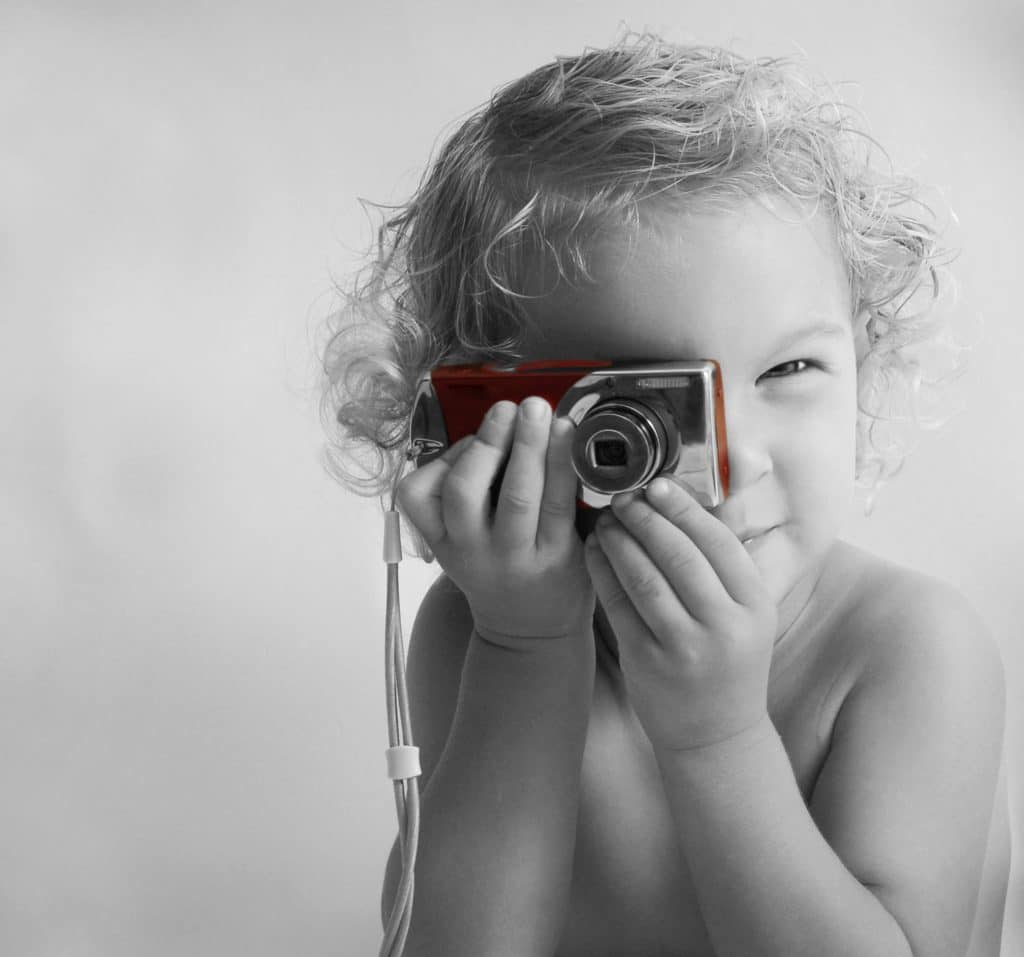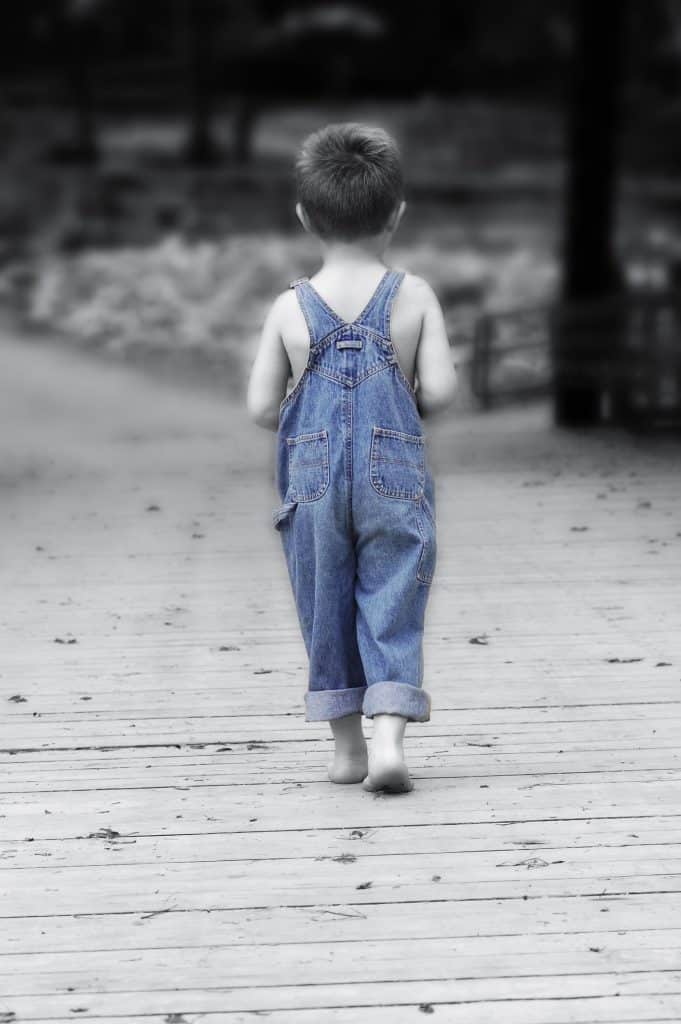Selective colour is a popular photographic technique used to draw attention to a specific colour in an image. By desaturating the image to black and white or a monochromatic tone, photographers can selectively highlight one or more colours to create an image with a striking visual impact. In this blog, we will explore the creative potential of selective colour in photography, its history, and the advanced techniques used to achieve the desired results.
The use of selective colour dates back to the early days of digital photography when photographers discovered the technique’s creative potential. The technique became increasingly popular in the 2000s when photographers began experimenting to create eye-catching images. In the early days of selective colour, photographers would hand-colour prints with watercolours or dyes, a process that was both labour-intensive and time-consuming. With the advent of digital photography and image editing software such as Photoshop and Lightroom, creating selective colour images became much more accessible.
To create a selective colour image, a photographer must first desaturate the entire image to black and white or a monochromatic tone, leaving only the desired colour visible. In Adobe Photoshop, this can be achieved by converting the image to black and white or monochrome using the “Black & White” or “Grayscale” adjustment layer. Once the image is in black and white, the desired colour can be selectively revealed using a layer mask. This process involves painting over the area of the image where the desired colour should be visible. This technique can be used to highlight the colour of a specific object or to create a surreal or dreamlike image.
Selective colour can be used in various ways to create different effects. For example, a photographer might use selective colour to highlight the bright red of a flower in an otherwise black-and-white landscape photograph. Alternatively, a photographer might use selective colour to create a more surreal image by highlighting the blue of a person’s eyes while leaving the rest of the image in black and white.
One of the benefits of using selective colour is that it can help draw the viewer’s attention to a specific element in the photograph. This can be particularly effective when used to highlight a subject’s eyes, clothing, or other distinctive feature. Selective colour can also add an element of creativity and visual interest to an otherwise ordinary photograph.
Despite its creative potential, a word of warning. Selective colour is a technique that has been around for quite some time and is often seen as old-fashioned by some photographers. This is due to the fact that it was a popular trend in the early days of digital photography, and many photographers feel that it has been overused or has lost its novelty over time. This technique can work, but be very careful with its use. Your photo will either be a triumph or a failure, there is very little in-between when using this style.
Furthermore, modern cameras and editing software now offer a plethora of more advanced techniques that can achieve better results in terms of highlighting an area of a photo.
Have a look at these examples of Selective Colour being done well.
If you’re interested in learning more about photography techniques and improving your skills, be sure to check out our photography courses. With a wide range of courses and resources, you can take your photography to the next level and achieve your creative vision.


